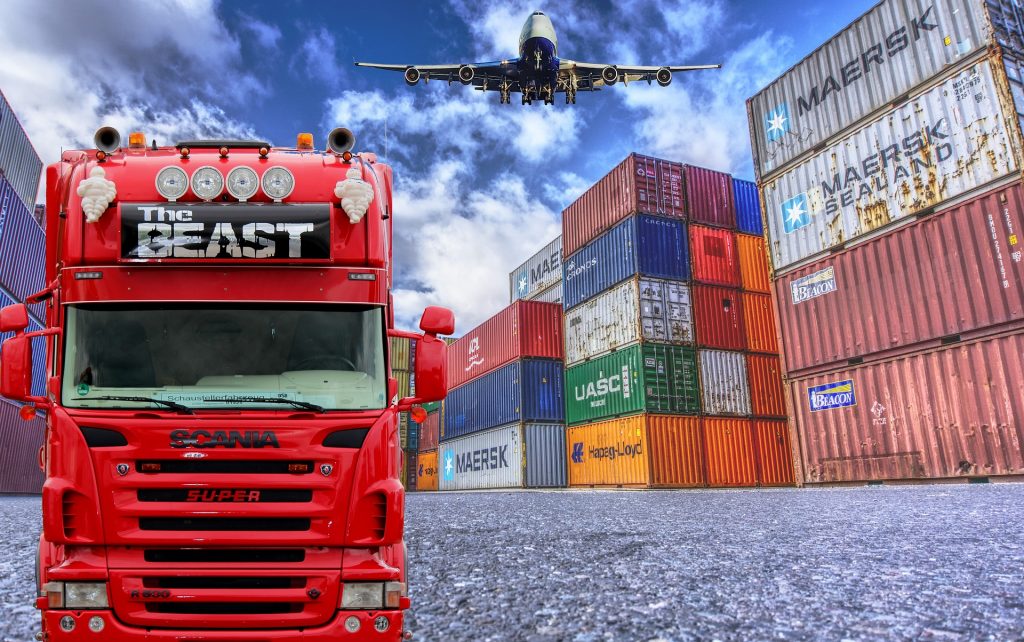Manufacturing and distribution (M&D) leaders across the globe are focused on positioning their companies to compete in a post-pandemic recovery and keep pace with the accelerating transition to Industry 4.0. But as they do, many worry that a long-standing, industrywide issue could hold their business back: the struggle to hire and retain skilled talent.
In the latest top-risks survey conducted by Protiviti and NC State University Poole College of Management’s Enterprise Risk Management Initiative, executives and board members in the M&D industry group ranked succession challenges and the ability to attract and retain top talent in a tightening talent market third on their list of top 10 risks for 2021. And leaders see this risk worsening over the next decade — ranking it second on the list of top 10 risks for their industry in 2030.
Even before the pandemic, the M&D industry group was experiencing persistent talent challenges resulting from a tight labor market with near-historic lows in unemployment levels. Employers faced formidable competition for skilled talent, especially from businesses in hot innovation and technology sectors that suctioned talent into sought-after urban areas.
In this environment, many M&D business leaders are also concerned about their companies’ ability to upskill the current and future workforce. That’s underscored by their perspective on another risk from our recent survey: The accelerating adoption of digital technologies, like artificial intelligence (AI) and robotics, and the ability of companies to retrain or reskill their workforce for these technologies. On the 2021 list of top risks for the M&D industry group, this risk ranks fifth. For 2030, it’s risk number one.
Dynamics exacerbating the challenge to secure skilled M&D talent
While digitization and automation reduce the need for workers in some areas of M&D operations, they also drive up the demand and competition for professionals with advanced technical and specialized skills. For a growing number of roles, those skills include the ability to work with data or understand and write code.
But filling skilled production roles, like machinists, operators and technicians, also remains challenging. Unemployment in the manufacturing sector in the U.S. has been trending lower than the national average for months, according to U.S. Bureau of Labor Statistics data. Some markets are seeing more job postings than applicants as manufacturing companies are struggling to recruit the numbers with the requisite skill sets they need to maintain or grow their operations.
M&D onshoring drives demand …
Pandemic-related disruption, international trade tensions and concerns about supply chain resiliency also have caused a preference for domestic production among M&D’s customers. As the trend to nearshore and onshore production expands, M&D are opening or re-opening operations in geographic areas they may have long ago abandoned. Often, those new facilities come with modern technology and demand for highly skilled workers. Finding employees to staff these operations is a significant lift in many locations where talent is already scarce.
… While perceptions drive workers away
One other obstacle to recruiting and retaining in-demand talent is the perception, especially by younger workers, that M&D jobs involve a lot of tedious, manual labor and offer little or no opportunity for growth. To help change this view in the U.S., the National Association of Manufacturers (NAM) recently launched a multimillion-dollar “Creators Wanted” social media and marketing campaign to increase interest in manufacturing careers and to attract more women, veterans and other underrepresented groups to the industry.
This is a laudable effort that’s hopefully creating positive outcomes. But it doesn’t address all the work that M&D companies themselves need to do to improve their ability to secure the human capital they need to succeed over the next decade.
With that in mind, we’ve compiled a list of strategies, which leading M&D companies are using to overcome recruiting and retention challenges:
- Making human resources a value-add partner
If you see an M&D firm that’s successful at acquiring and keeping top talent, there’s a strong chance that business has a human resource (HR) function with strong talent management capabilities and recruitment, retention and training policies tied to business objectives. That function has highly competent staff who use up-to-date HR practices and processes supported by best-in-class technology resources for human capital management and reporting.
- Using data to understand talent utilization, assess skill sets, track turnover and More
When the HR function and hiring decision-makers have access to human capital analytics and key HR processes are intelligently automated, businesses will have much better insight into the state of their workforce today and where it needs to be.
They can better understand how their people work, including how they add value to their organization. They can pinpoint skill gaps across the organization and quickly identify workers who could be reskilled or upskilled to fill them. They can also track areas where they have difficulty retaining talent so they can identify and address the root causes. And these are only a few examples.
- Modernizing job descriptions — with a future-forward eye
Compelling job descriptions are a critical tool for attracting talent in any industry. But many M&D companies tend to create job descriptions that are essentially a laundry list of must-haves in the moment. These descriptions often describe very specific skills and experience the company is looking for but fail to describe related skills that may also be valuable or the development opportunities the applicant may receive.
Leading employers in the industry take time to create job descriptions that highlight the company’s culture, vision and mission, and amplify what’s most exciting about available roles. They outline desired technical as well as soft skills. Most importantly, they ensure job descriptions are focused not only on current needs but are forward-looking — allowing candidates to visualize where the company is going and how they can contribute to that future.
- Investing in an optimal “people experience”
Pandemic-driven disruption and recent social movements have leading M&D companies thinking more about the overall quality of their corporate culture and what they can do to improve and strengthen it. They recognize that their organizational culture is the vital fabric that helps keep their business resilient.
To create an optimal “people experience” for their employees and a “talent-sticky” corporate culture, these organizations are taking these actions, among others:
- Working actively to increase diversity and inclusion (D&I) in their workforce at all levels, a strategic imperative to not only grow and sustain the available talent pool but also foster increased retention
- Formalizing succession planning (with an emphasis on D&I)
- Conducting employee experience surveys regularly and sharing results
- Inviting workers to contribute to innovation through design-thinking workshops
- Streamlining the new-hire onboarding process
- Encouraging all workers to embrace a customer service mindset
- Adopting and reporting on sustainable practices
- Promoting work-life balance and wellness initiatives
- Creating career road maps for staff, with achievable milestones
- Fostering a learning culture where all workers can keep building skills
The rapid pace of technological change in manufacturing makes it all too easy for employees to get pushed aside if they lack current skills. Worse, the loss of talented people with high potential, a wealth of hard-to-replace institutional knowledge and experience, or all of the above, is often avoidable.
Most M&D companies that excel at maintaining a highly skilled workforce foster a learning culture. They connect their team members with relevant training and continuous learning that allow them to keep expanding or upgrading their skills. They encourage them to stretch their abilities and learn about new technologies — either how to work with them or alongside them. And, importantly, they help their workers to understand how their contributions fit into the big picture of the company’s success.
Creating a learning culture can also have a strong impact on retention, generally, and create a more productive, agile and innovative workforce. In countries like the United States, where M&D companies face stiff competition for talent from an array of industries, a learning culture can help a business stand out as an employer of choice — and become a magnet for new talent. And, in areas like Europe, where talent retention is a top focus for M&D firms, career development and access to technology can help workers to feel more valued and invested in — and more willing to stay for the long term. In either case, prioritizing skill-building and education for employees can help M&D firms ensure they’re ready to spring into action with a well-trained and motivated workforce as the recovery heats up.
All of these human capital management strategies take a lot of work to develop, implement, refine and sustain. For many M&D companies, they also represent new territory. But the ROI from these efforts can be substantial — and could make all the difference in whether an M&D company is still operating in 2030.
Learn more about how Protiviti helps companies manage their human capital effectively and efficiently to drive a strategic competitive advantage and significantly improve business results.






